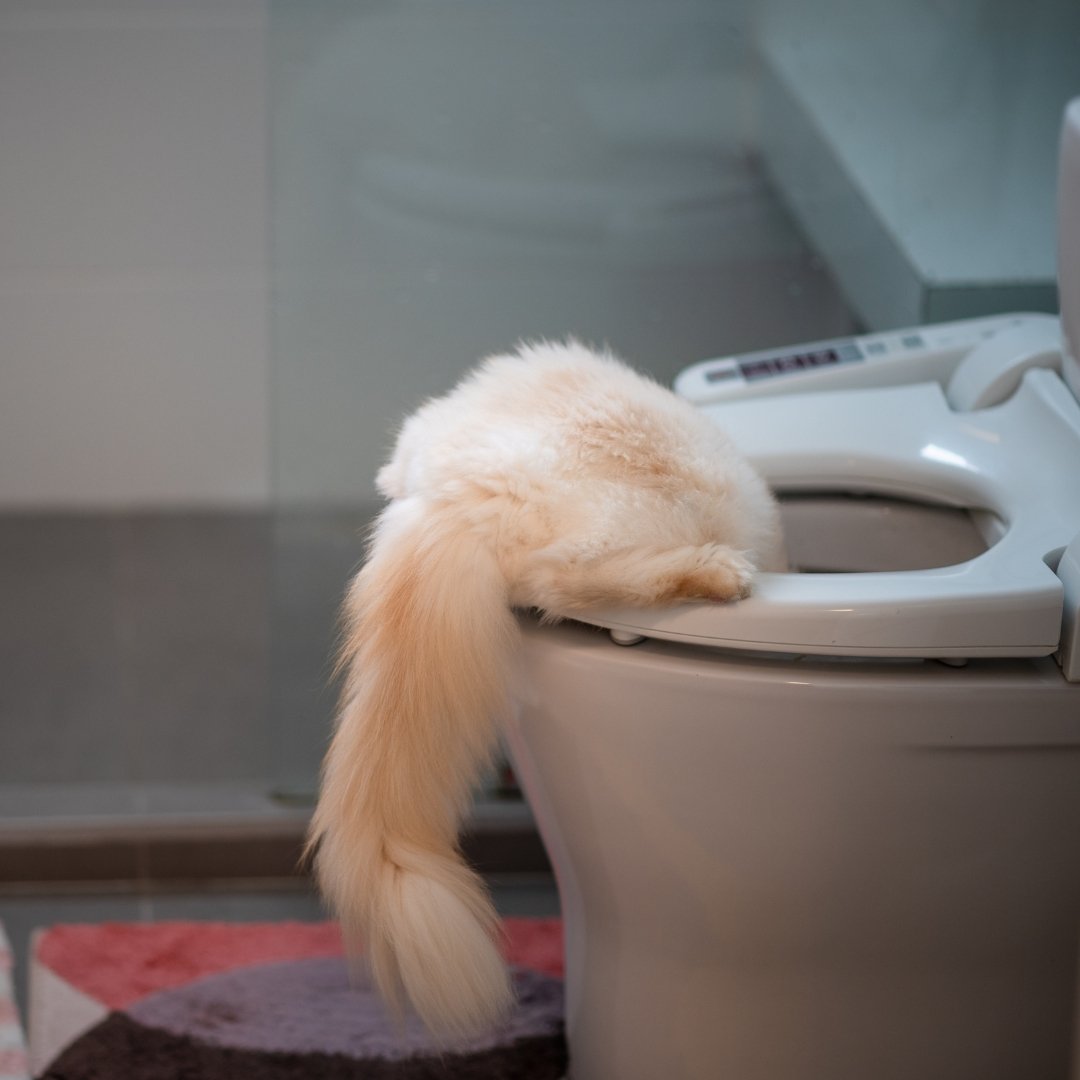Avoid Clogs and Damage: Don't Flush Cat Poop Down Your Toilet - Professional Recommendations
Avoid Clogs and Damage: Don't Flush Cat Poop Down Your Toilet - Professional Recommendations
Blog Article
Each person will have their own piece of advice about How to Dispose of Cat Poop and Litter Without Plastic Bags.

Intro
As pet cat proprietors, it's important to be mindful of how we deal with our feline friends' waste. While it might seem hassle-free to flush pet cat poop down the toilet, this method can have destructive repercussions for both the setting and human health.
Alternatives to Flushing
Thankfully, there are more secure and a lot more responsible ways to take care of feline poop. Take into consideration the following alternatives:
1. Scoop and Dispose in Trash
One of the most common technique of taking care of pet cat poop is to scoop it into a biodegradable bag and toss it in the garbage. Be sure to utilize a devoted clutter inside story and dispose of the waste without delay.
2. Use Biodegradable Litter
Go with naturally degradable cat clutter made from materials such as corn or wheat. These clutters are eco-friendly and can be securely thrown away in the trash.
3. Hide in the Yard
If you have a backyard, consider burying pet cat waste in a designated location far from vegetable gardens and water resources. Make certain to dig deep sufficient to prevent contamination of groundwater.
4. Install a Pet Waste Disposal System
Buy a pet dog garbage disposal system especially developed for cat waste. These systems use enzymes to break down the waste, lowering smell and environmental influence.
Health and wellness Risks
In addition to ecological problems, flushing pet cat waste can also present health dangers to human beings. Pet cat feces may consist of Toxoplasma gondii, a parasite that can cause toxoplasmosis-- a possibly severe ailment, especially for expecting ladies and individuals with weakened body immune systems.
Ecological Impact
Purging cat poop introduces unsafe pathogens and parasites right into the supply of water, presenting a substantial risk to aquatic communities. These contaminants can adversely impact aquatic life and compromise water top quality.
Conclusion
Liable family pet ownership expands past giving food and shelter-- it also involves appropriate waste administration. By avoiding purging feline poop down the toilet and going with different disposal approaches, we can decrease our ecological footprint and secure human health.
Why Can’t I Flush Cat Poop?
It Spreads a Parasite
Cats are frequently infected with a parasite called toxoplasma gondii. The parasite causes an infection called toxoplasmosis. It is usually harmless to cats. The parasite only uses cat poop as a host for its eggs. Otherwise, the cat’s immune system usually keeps the infection at low enough levels to maintain its own health. But it does not stop the develop of eggs. These eggs are tiny and surprisingly tough. They may survive for a year before they begin to grow. But that’s the problem.
Our wastewater system is not designed to deal with toxoplasmosis eggs. Instead, most eggs will flush from your toilet into sewers and wastewater management plants. After the sewage is treated for many other harmful things in it, it is typically released into local rivers, lakes, or oceans. Here, the toxoplasmosis eggs can find new hosts, including starfish, crabs, otters, and many other wildlife. For many, this is a significant risk to their health. Toxoplasmosis can also end up infecting water sources that are important for agriculture, which means our deer, pigs, and sheep can get infected too.
Is There Risk to Humans?
There can be a risk to human life from flushing cat poop down the toilet. If you do so, the parasites from your cat’s poop can end up in shellfish, game animals, or livestock. If this meat is then served raw or undercooked, the people who eat it can get sick.
In fact, according to the CDC, 40 million people in the United States are infected with toxoplasma gondii. They get it from exposure to infected seafood, or from some kind of cat poop contamination, like drinking from a stream that is contaminated or touching anything that has come into contact with cat poop. That includes just cleaning a cat litter box.
Most people who get infected with these parasites will not develop any symptoms. However, for pregnant women or for those with compromised immune systems, the parasite can cause severe health problems.
How to Handle Cat Poop
The best way to handle cat poop is actually to clean the box more often. The eggs that the parasite sheds will not become active until one to five days after the cat poops. That means that if you clean daily, you’re much less likely to come into direct contact with infectious eggs.
That said, always dispose of cat poop in the garbage and not down the toilet. Wash your hands before and after you clean the litter box, and bring the bag of poop right outside to your garbage bins.
https://trenchlesssolutionsusa.com/why-cant-i-flush-cat-poop/

We had been guided to that write-up about Can You Flush Cat Poo or Litter Down the Toilet? from an acquaintance on a different site. Those who enjoyed reading our post kindly be sure to pass it around. We appreciate reading our article about Can You Flush Cat Poo or Litter Down the Toilet?.
Schedule Services Report this page